California has always led the nation in swimming pool legislation, which may come as no surprise to residents of the golden state.
Recent revisions to Title 20, or the California Energy Efficiency Standards, have brought widespread changes to the original 2008 document.
The new California pool pump law of 2018 now requires all replacement pool pumps to have a variable speed motor.
California Title 20 Pool Pump Requirements

If you’ve been shopping for a pool pump on-line, you may notice that many pool pumps we sell are now labeled “Cannot be shipped to California”. A regulatory advisory has forced retailers like In The Swim from shipping most single-speed pumps to California. The ban has been in place for ten years, and only now has the internet sales loop hole been closed.
Current California pool pump requirements: Title 20: enacted Jan. 1, 2008
- Pumps over 1.0 Total Horsepower (HP x SF), must have two or more speeds.
- Pump must have a control that is capable of operating at two or more speeds.
- Pump control must default to low-speed after a 24-hours of high-speed run time.
- Waterfall pumps, booster pumps and specialty pumps are excluded.
In California, single-speed pumps are no longer welcome and when they fail beyond repair, must be replaced with a multiple-speed or variable speed pool pump. Select Hayward pumps and Pentair pumps are compliant with Title 20 requirements – with dual speed or variable speed motors.
National Variable Speed Pool Pump Law

In 2015, a coalition of industry, environmental and government agencies was formed to discuss a national energy standard for swimming pool pumps. In 2017 a recommendation was made by the commission that all swimming pool and spa pumps should meet a higher standard – one that can currently only be met by variable speed pool pumps.
New National pool pump law: DOE Direct Final Rule: enacted May 18, 2017
- Pumps of 0.71 to 2.5 Total Horsepower (HP x SF), must be variable speed.
- Above-ground pump and filter systems below 0.71 THP must have a timer.
- Pumps with freeze control must not turn on before reaching 40° F.
- Pool and spa pumps must be in compliance by July 19, 2021.
For residential California pool pumps, most of which are between .75 HP and 2.5 HP, when your current motor or pump fails, you will need to replace with a variable speed pump, and as of now, VS pool pumps are the only pool pump any retailer can (legally) sell to you.
For the rest of the country, you have another few years before standard single-speed and dual-speed pumps become unavailable for sale, and you won’t need to replace your pump until it fails beyond repair. But why wait? Be an early adopter and start saving 70% on energy costs now!
Variable Speed Pump Benefits to the Nation

The coalition commission of experts that looked to create energy conservation standards conducted an exhaustive amount of research into both the costs (to consumers and manufacturers), the savings in electrical consumption, and the environmental impact of switching the entire country over to variable speed pumps.
Annual amortized savings and benefit of using variable speed pool pumps nationwide are impressive, even with the costs of designing, marketing and buying new variable speed pool pumps.
- DOE expects the industry to incur total conversion costs of $35.6 million
- DOE expects utilities to conserve 3.8 quadrillion British thermal units (Btu)
- DOE expects consumers to save $1.3 billion per year in pump operating costs

In addition, DOE predicts a specific reduction in greenhouse gas emissions and NOX emissions, bringing a net annual benefit of $1.8 billion to the economy.
Variable Speed Pump Selection
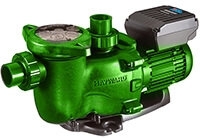
How do you select a variable speed pump that is compliant with California’s Title 20 and the recently updated national energy conservation standards?
There are several sizes of variable speed pumps, from 1.5 HP to 3 HP. Manufacturers like Pentair and Hayward have made it easy to upgrade by attaching variable speed motors to existing pool pump models, so that plumbing and wiring will line-up just right.
- Pentair SuperFlo VS or Hayward Super Pump VS for medium head pumps like Superpump, Dynamo, Magnum, MaxFlo, Pinnacle.
- Hayward TriStar VS for high head pumps like Challenger, MaxFlo XL, NorthStar, Stealth and TriStar.
- Pentair IntelliFlo VS is a direct replacement for Super II, WhisperFlo and UltraFlo pumps, and other high flow pumps.
The upshot of all this is that by July of 2021, all in-ground and above-ground pools will need a variable speed pool pump as the main filter pump. The initial cost of VS pool pumps is higher than regular pumps, but payback is quick, just 1-2 seasons in most cases.


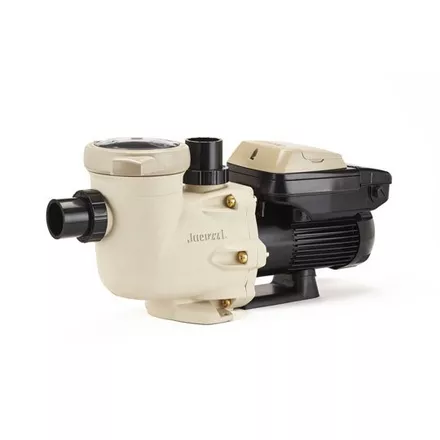

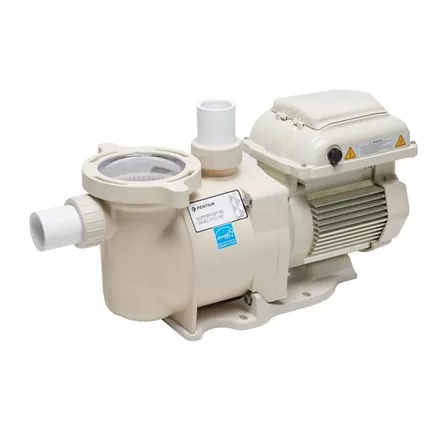
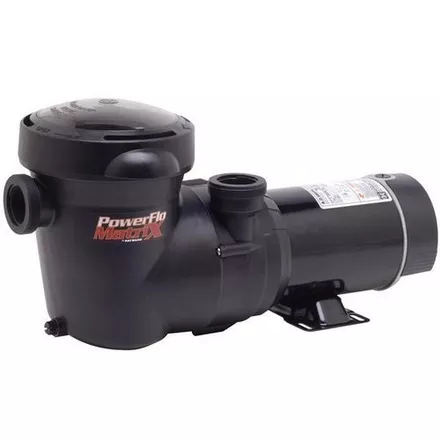
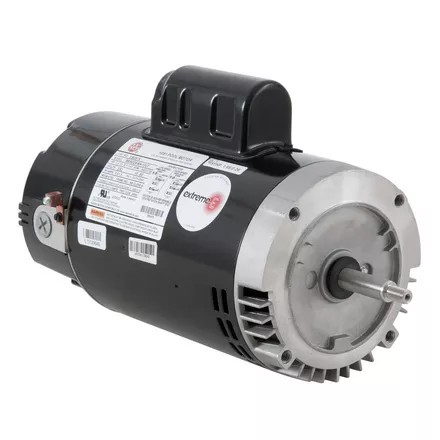
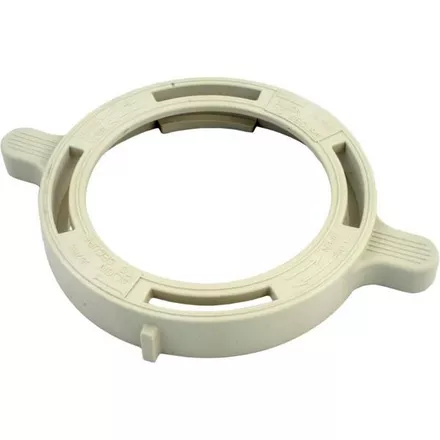

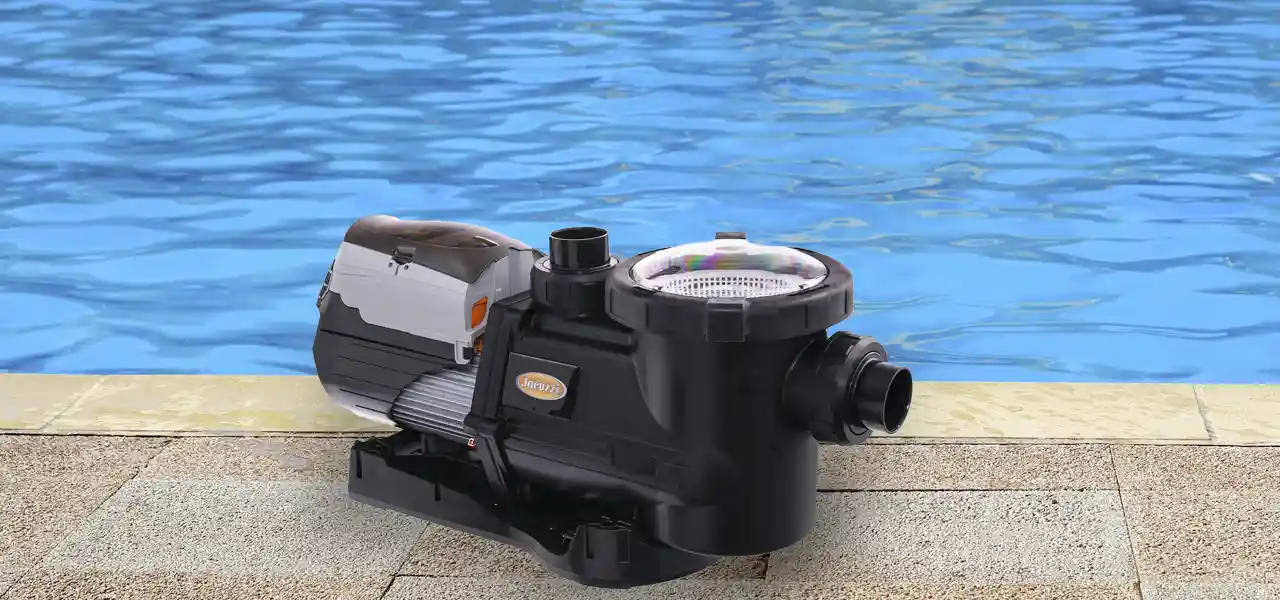
I have a 1 hp pool pump that just recently stopped working. According to the new laws above for California, do I need to replace with a variable speed pump or can I replace with another 1hp pump? I ask cause one section says anything OVER 1hp needs to be replaced. I’ve been happy with 1hp and don’t feel I need more power. Any advice would be helpful..
Hi Willy, pumps that are less than 1.0 THP (total horsepower) are exempted, so 3/4 hp pumps. But if THP (HP x SF) is more than 1.0, it must be variable speed or dual speed.
Is permit required to change/replace a single speed motor/pump to variable speed pump/motor in a 156 rooms hotel swimming pool.
Hi Aurelio, I don’t believe so – pump replacement is more of a maintenance item, not a ‘capital improvement’ or major renovation type of thing, so I don’t believe a permit would be required.